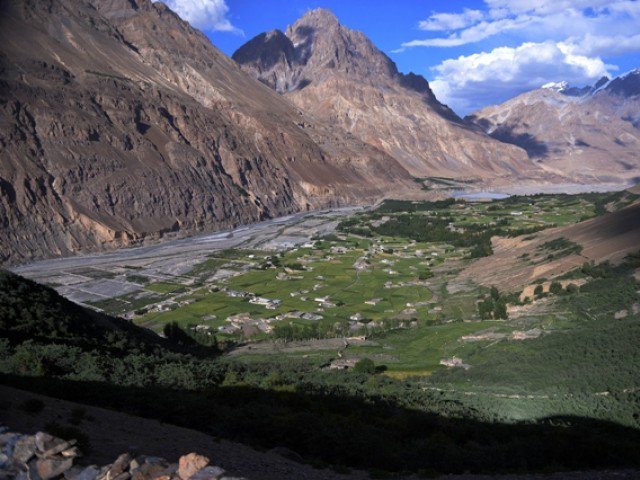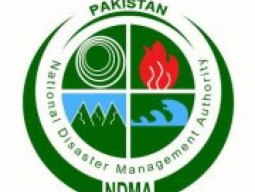
ISLAMABAD: National Disaster Management Authority (NDMA) Chairman has sought comprehensive report on the risk of Glacial Lake Outburst Flood (GLOF) in Shimshal valley.
On Tuesday NDMA Chairman Lt. General Omar Mahmood Hayat directed the team of experts to submit a report covering all aspects including technical and financial details.
Further, recommendations for implementation be sent to the NDMA at the earliest, says an official handout.
He sought this report while chairing the first meeting of the Team of Experts constituted by the prime minster to evaluate the situation at site.
NDMA to decide future course of action
Chairing the meeting of the Team of Experts, Lt. Gen Omar has also advised Gilgit-Baltistan Disaster Management Authority to establish a round the clock monitoring unit to observe the situation of the Khurdopin Glacier in Shimshal valley and initiate immediate preventive measures.
He has also directed that early warning system be devised and a mechanism put in place for timely dissemination of information to the threatened population and preparation for the precautionary evacuation plan and conduct of mock drills for evacuation.
To deal with the emerging situation a meeting was held at NDMA last month to discuss course of actions and subsequently recommended the formulation of Team of Experts to evaluate the situation at site.
Prime minister had approved the NDMA’s recommendation for the formulation of the ‘team of experts’ and allocation of funds to cope up with the situation.
He also emphasised the stockpiling of requisite rescue /relief stores including food & amp, medicine, forward displacing of earth-moving machinery and keeping emergency services on alert.
The Khurdopin Glacier situated in Shimshal valley of district Hunza has a history of surging, retreating and bursting with a cycle of 20 years.
The bursting of the glacier lake in 1905 and 1964 had caused considerable damage to both public and private infrastructure downstream beyond Gilgit city.
The most recent surge was observed around 1998–99. After years of little movement, the glacier began a rapid advance in October 2016. As ice and sediment pushed into the river, a sizable lake pooled up in December 2017.
As per experts report, the glacier has progressed quite abnormally and has completely blocked the Shimshal river resulting in the creation of a glacial lake.





















































COMMENTS
Comments are moderated and generally will be posted if they are on-topic and not abusive.
For more information, please see our Comments FAQ